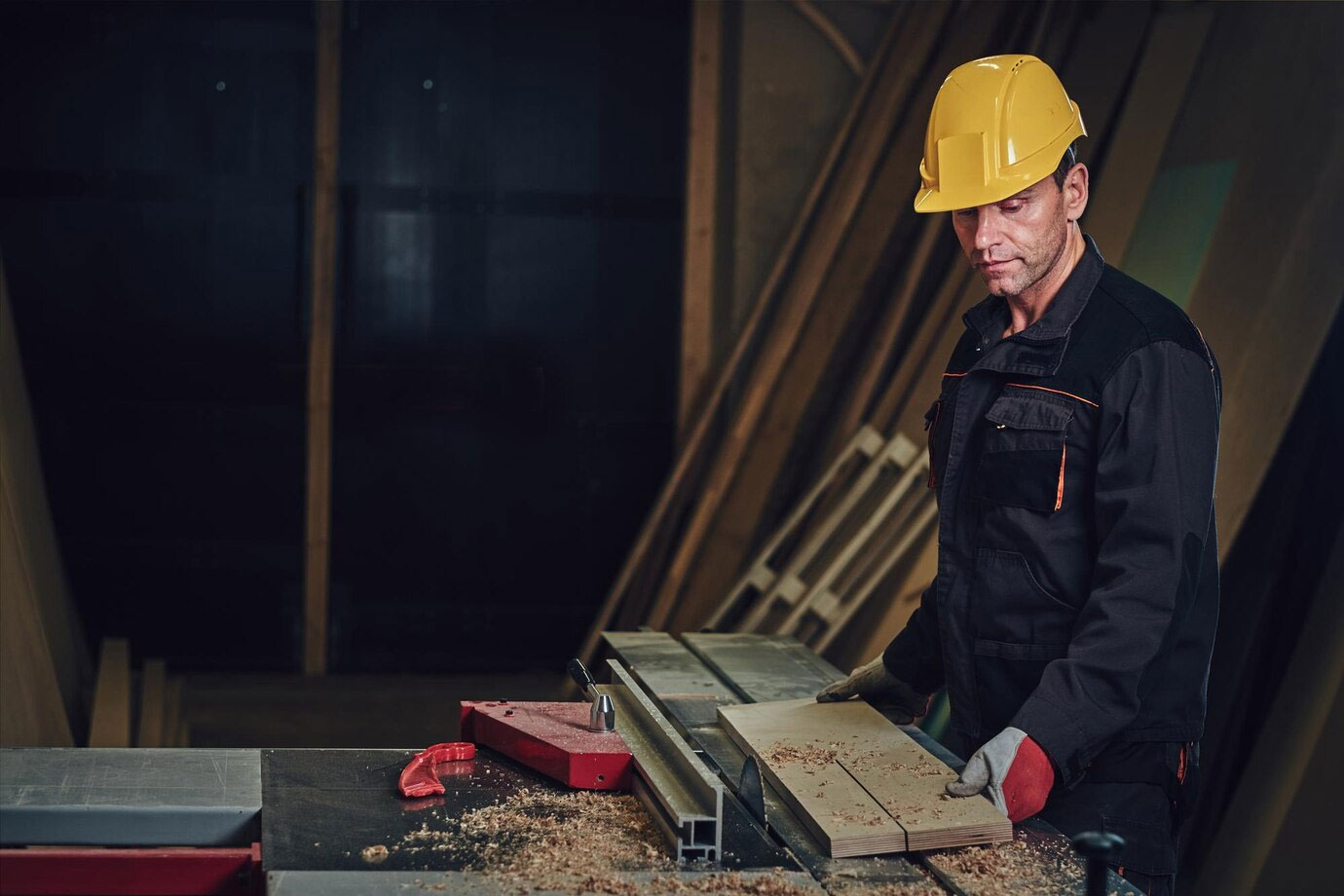How to Build an Adirondack Chair: Step-by-Step Plans PDF
How to Build an Adirondack Chair: Step-by-Step Plans PDF
Building an Adirondack chair is a rewarding woodworking project. These chairs are known for their distinct style, comfort, and simplicity. This project is suitable for both beginner and experienced woodworkers. With the right materials, tools, and plans, you can create a beautiful piece of outdoor furniture in a weekend.
Materials Needed
- Pressure-treated wood or cedar
- Wood screws (outdoor duty)
- Wood glue
- Sandpaper (medium and fine-grit)
- Wood stain or paint
- Protective sealant
Tools Required
- Circular saw or miter saw
- Drill and bits
- Clamps
- Measuring tape
- Carpenter’s square
- Screwdriver
- Pencil
Step-by-Step Instructions
Follow these detailed, step-by-step instructions to construct your Adirondack chair, using the provided plans PDF for precise measurements and angles.
Step 1: Cutting the Wood
Begin by cutting the wooden planks according to the measurements provided in the Adirondack chair plans PDF. You’ll need pieces for the seat, backrest, legs, and armrests. Use a circular saw or miter saw for precision cuts. Sand the edges of each piece to ensure smooth surfaces.
Step 2: Constructing the Base
Assemble the base of the chair by attaching the legs to the seat frame. Use wood screws and wood glue for a strong and durable bond. Ensure the legs are level using a carpenter’s square. Clamp the pieces together while the glue sets.
Step 3: Adding the Seat Slats
Once the base is secure, attach the seat slats. Space the slats evenly, leaving small gaps for water drainage. Secure each slat with wood screws. Make sure each slat is flush with the seat frame.
Step 4: Building the Backrest
The backrest consists of vertical slats attached to a curved top rail. Cut the slats and rail to the required dimensions. Assemble the backrest on a flat surface using wood screws and glue. Ensure the top rail has a gentle curve to provide ergonomic support.
Step 5: Attaching the Backrest
Attach the backrest to the base of the chair. Angle the backrest slightly for a comfortable recline. Secure it to the seat frame with long outdoor-duty screws. Double-check the backrest’s alignment before final tightening.
Step 6: Fixing the Armrests
Cut the armrests to size and shape as per the PDF plans. Attach the armrests to the chair’s sides, securing them with screws and wood glue. The armrests should align with the front legs and backrest for support.
Step 7: Final Adjustments
Inspect the entire chair for any loose screws or misaligned parts. Sand any rough edges or surfaces. Double-check that all components are securely fastened.
Step 8: Finishing
Apply a coat of wood stain or paint to protect the chair from the elements. Let it dry completely before applying a protective sealant. This final step enhances the chair’s durability and appearance.
Tips and Tricks
- Use weather-resistant wood like cedar or teak for increased longevity.
- Regularly reapply sealant to maintain the wood’s integrity.
- Customize the chair’s dimensions based on personal comfort preferences.
- Consider adding cushions for added comfort.
Common Mistakes to Avoid
- Not allowing the glue to dry fully before moving forward.
- Using indoor wood screws that can rust over time.
- Skipping the sanding step, which can lead to splinters.
- Misaligning components resulting in an uneven chair.
